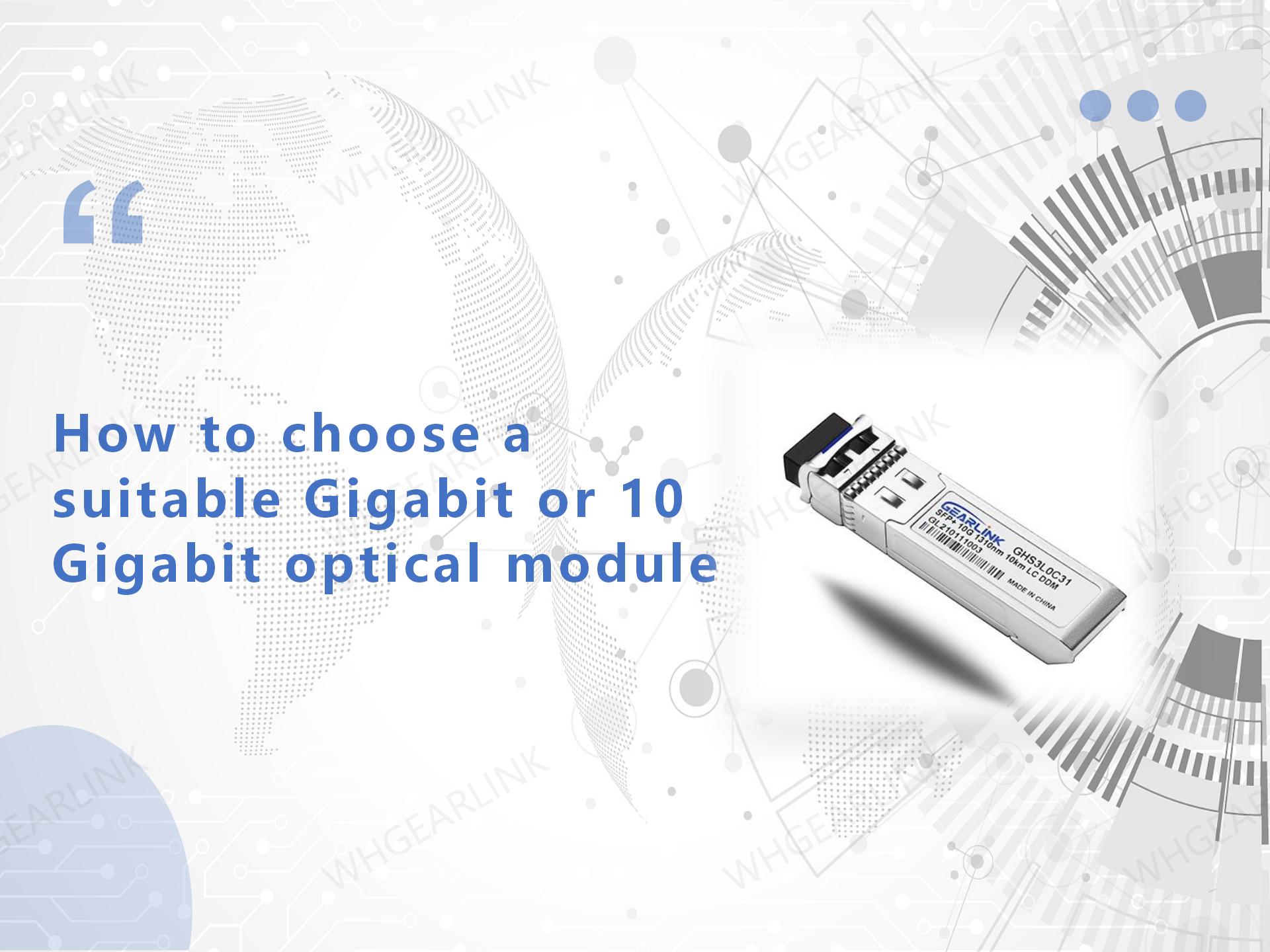Gigabit optical transceivers and 10 Gigabit optical transceivers play a vital role in modern communication technology. This article will discuss how to choose the optical transceiver suitable for the application, including its hardware specifications, transmission distance, working environment and compatibility and other factors. Through the elaboration of this article, readers can better understand the skills of purchasing and using optical transceivers, and at the same time improve the application performance of gigabit optical transceivers and 10 gigabit optical transceivers.
With the acceleration of digital transformation and the rapid development of technologies such as cloud computing and the Internet of Things, the demand for high-bandwidth and high-speed communications will continue to grow. As a key component to realize high-speed optical fiber communication, optical transceivers are more widely used in data centers, communication networks, cloud services and other fields. For users, how to choose an optical transceiver suitable for their application is a big problem. This article will provide readers with valuable references and suggestions from various aspects to help users better choose Gigabit or 10 Gigabit optical transceivers suitable for their applications.
First of all, we need to consider the hardware specifications of the optical transceiver, such as its size, interface type, etc. These factors will affect whether we match when we select and install optical transceivers, thus affecting their final performance and quality. When purchasing optical transceivers, we need to compare optical transceivers of different specifications and choose the model suitable for our application to ensure that it is compatible with our equipment and meets our needs. For example, the optical transceivers of Gigabit optical transceivers are basically SFP, and the package of 10 Gigabit optical transceivers is SFP+, which is widely used, but there are also XFP packages. Although the 10G connection between the SFP+ optical transceiver and the XFP optical transceiver is feasible, the 10G SFP+ port on the switch can accept the SFP+ optical transceiver, while the 10G XFP port can only accept the 10G XFP optical transceiver. The second is the interface type. It is necessary to select the appropriate optical transceiver according to the current hardware situation such as the jumper interface type. All in all, it is necessary to select a suitable optical transceiver according to the current hardware configuration.
Secondly, we need to consider the transmission distance of the optical transceiver. The transmission distance refers to the distance from the signal sending point to the signal receiving point. When selecting an optical transceiver, we need to select an appropriate transmission distance based on actual transmission requirements and possible attenuation to ensure that it can maintain good transmission performance throughout the transmission process.
In addition, we also need to consider the working environment of the optical transceiver. The optical transceiver may work in extreme environments such as high temperature and high humidity, so the optical transceiver should have certain protection performance. When purchasing an optical transceiver, we need to ensure that it adapts to our working environment to ensure that it can maintain stable performance during long-term use.
Finally, we need to consider the compatibility of optical transceivers. Compatibility refers to the interconnection compatibility between the optical transceiver and other equipment, such as its compatibility with network switches, routers, servers and other equipment. When selecting optical transceivers, we need to consider the compatibility requirements of branded equipment to ensure that the purchased optical transceivers are perfectly compatible with the equipment.
In short, when choosing suitable gigabit optical transceivers and 10 gigabit optical transceivers for applications, we should pay attention to various factors such as hardware specifications, transmission distance, working environment and compatibility. Through careful consideration and analysis of these factors, we can purchase optical transceivers with excellent performance that better meet our own needs.


